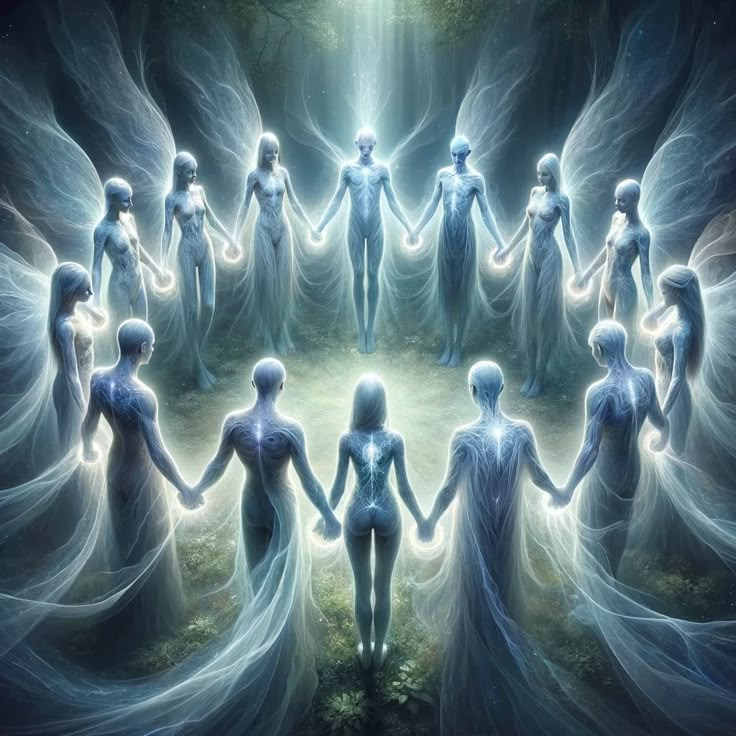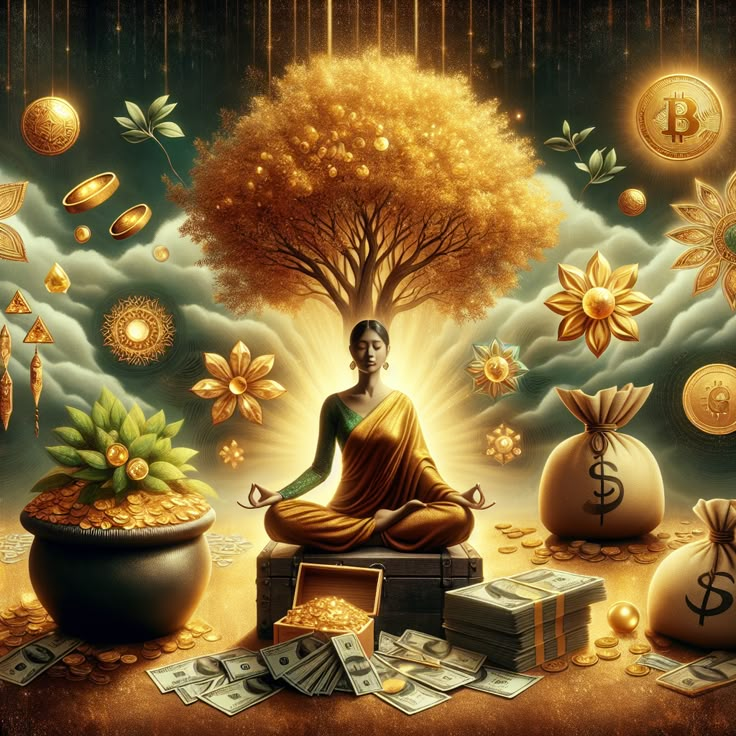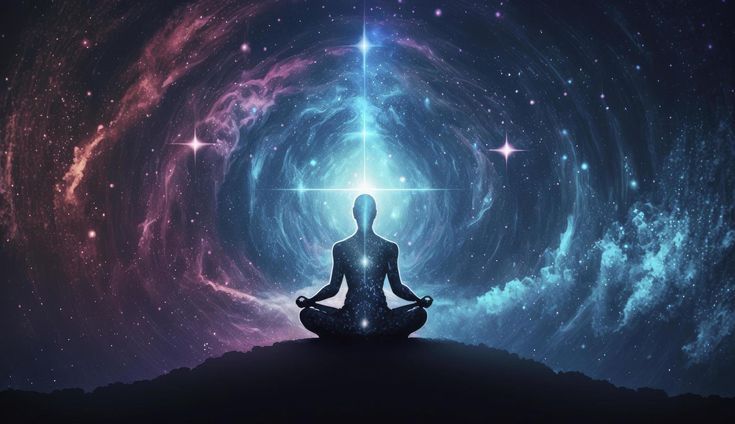Understanding Spirituality and the Journey Within
The meaning of spirituality has developed and expanded over time, and various meanings can be found alongside each other.
Traditionally, spirituality referred to a religious process of re-formation which “aims to recover the original shape of man”,oriented at “the image of God” as exemplified by the founders and sacred texts of the religions of the world. The term was used within early Christianity to refer to a life oriented toward the Holy Spirit and broadened during the Late Middle Ages to include mental aspects of life.
In modern times, the term both spread to other religious traditions and broadened to refer to a wider range of experiences, including a range of esoteric and religious traditions. Modern usages tend to refer to a subjective experience of a sacred dimension, and the “deepest values and meanings by which people live”, often in a context separate from organized religious institutions. This may involve belief in a supernatural realm beyond the ordinarily observable world, personal growth, a quest for an ultimate or sacred meaning, religious experience, or an encounter with one’s own “inner dimension” or spirit.
Definition
There is no single, widely agreed-upon definition of spirituality. Surveys of the definition of the term, as used in scholarly research, show a broad range of definitions with limited overlap. A survey of reviews by McCarroll, each dealing with the topic of spirituality, gave twenty-seven explicit definitions among which “there was little agreement”.This causes some difficulty in trying to study spirituality systematically; i.e., it impedes both understanding and the capacity to communicate findings in a meaningful fashion.
According to Kees Waaijman, the traditional meaning of spirituality is a process of re-formation that “aims to recover the original shape of man, the image of God. To accomplish this, the re-formation is oriented at a mold, which represents the original shape: in Judaism the Torah, in Christianity there is Christ, for Buddhism, Buddha, and in Islam, Muhammad.” Houtman and Aupers suggest that modern spirituality is a blend of humanistic psychology, mystical and esoteric traditions, and Eastern religions.
In modern times the emphasis is on subjective experience and the “deepest values and meanings by which people live”, incorporating personal growth or transformation, usually in a context separate from organized religious institutions. Spirituality can be defined generally as an individual’s search for ultimate or sacred meaning, and purpose in life. Additionally it can mean to seek out or search for personal growth, religious experience, belief in a supernatural realm or afterlife, or to make sense of one’s own “inner dimension”.
Three Types of Spirituality and the Paths of Spiritual Error
Spirituality takes on three primary forms:
- individualist spirituality,
- collectivist spirituality,
- dialogical spirituality.
While these distinctions are not absolute, they serve as guiding frameworks to understand how spiritual practices manifest and where they may lead astray.
🌸 The Three Types of Spirituality 🌸
Individualist Spirituality – The Path of Self-Absorption 🪴
Rooted in the self, individualist spirituality focuses on personal enlightenment, inner growth, and private attainment of spiritual goals. While self-discovery is valuable, an excessive inward focus can lead to spiritual narcissism, where the external world and relationships are neglected. If spirituality becomes solely about “my path, my growth, my awakening,” it risks isolation and self-centeredness, severing the connection between the self and the greater whole.
Collectivist Spirituality – The Path of Conformity ✨
Collectivist spirituality is shaped by strict adherence to religious institutions, doctrines, and hierarchical authority. It demands compliance with sacred texts, prophets, or traditions, requiring individuals to surrender their autonomy for the sake of faith. At its extreme, this form of spirituality can lead to spiritual depersonalization, where personal identity is absorbed into a rigid system, leaving no room for independent thought or authentic experience. In the most radical cases, it may manifest as cult-like devotion, where obedience replaces true spiritual connection.
Dialogical Spirituality – The Path of Connection 🔗
A transformative alternative to both self-absorption and blind conformity, dialogical spirituality is rooted in relationships. It recognizes that the divine is not just within us but between us —found in our personal, social, and ecological interactions. This form of spirituality moves beyond individualism and institutionalized faith, emphasizing the sacredness of genuine dialogue, shared wisdom, and co-created meaning. By embracing I-Thou relationships, we cultivate a spirituality that is not isolated nor dictated but lived through presence, connection, and continuous engagement with the world.
❌ The Ways of Spiritual Error ❌
Spiritual error arises from how we relate and how we believe. True spiritual transformation requires rethinking both our relationships and our beliefs, shifting from believing in something to believing with something. Instead of saying, “I believe in God,”we might say, “I believe with God.” This shift moves spirituality away from rigid theological systems and toward a lived, experiential connection with the sacred.
Organized religion, with its doctrines and rituals, often obscures the very spiritual truths it seeks to uphold. By stripping away theological and ritualistic layers, we reveal a pure, dialogical spirituality — one that does not demand conformity but rather calls for an authentic, direct relationship with the source of being.
Spiritual transformation is not about changing what we believe but how we believe. Idolatry is not found in belief itself but in the rigid, unquestioning manner in which beliefs are held. We must move away from constructing fixed theologies out of profound spiritual experiences and instead allow those experiences to shape us in the present moment.
Just as love cannot be ritualized but must be continuously practiced, so too must spirituality be lived in every here and now — through acts of love, service, and deep, meaningful relationships with others and the world around us. Spirituality is not a doctrine to follow but a reality to be experienced, freely and abundantly.






